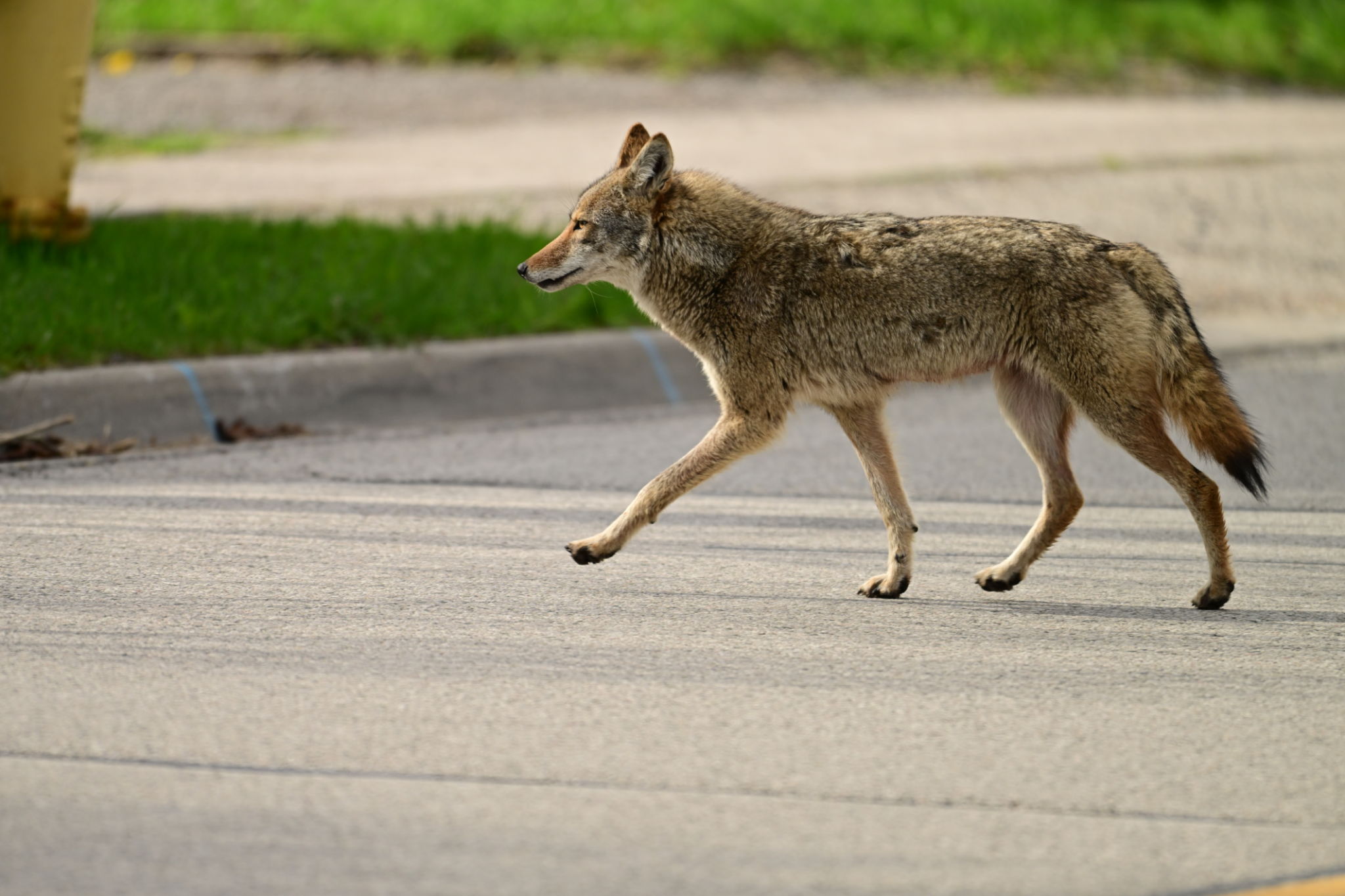Case Study: Successful Implementation of Bird-Flight Diverters in Delhi
Introduction to Bird-Flight Diverters
In urban environments, the collision of birds with power lines is a significant concern. Bird-flight diverters have emerged as an effective solution to mitigate this issue, providing a way to guide birds safely away from hazardous areas. This case study highlights the successful implementation of bird-flight diverters in Delhi, showcasing their impact on local wildlife and infrastructure.

The Need for Bird-Flight Diverters in Delhi
Delhi, with its bustling urban landscape, is home to a diverse array of bird species. However, this diversity is threatened by the city's extensive network of power lines. Collisions with these lines result in injuries or fatalities to birds, and can also cause power outages. The need for a solution that can protect both birds and infrastructure was apparent.
Challenges Faced in Implementation
Implementing bird-flight diverters in a city like Delhi posed several challenges. The sheer scale of the power line network, coupled with varying environmental conditions, required careful planning and execution. Additionally, ensuring the durability and visibility of the diverters was crucial to their effectiveness.
Strategic Placement of Diverters
The success of bird-flight diverters largely depends on their strategic placement. In Delhi, areas with high bird activity were identified as priority zones. This included regions near parks, water bodies, and bird sanctuaries. By focusing on these hotspots, the implementation team maximized the impact of the diverters.

Materials and Design
The design of the bird-flight diverters was another critical factor in their successful deployment. Made from durable materials resistant to harsh weather conditions, these diverters were designed to be highly visible to bird species prevalent in the area. The use of bright colors and reflective surfaces ensured that birds could easily spot and avoid the lines.
Impact on Local Wildlife
The introduction of bird-flight diverters in Delhi has had a positive impact on local wildlife. Reports from conservationists indicate a significant decrease in bird collisions with power lines. This reduction not only benefits the birds but also contributes to maintaining ecological balance in the region.

Community and Environmental Benefits
Beyond protecting wildlife, the implementation of bird-flight diverters has brought additional benefits to the community. Fewer bird collisions mean fewer power outages, contributing to a more reliable power supply. The initiative also raises awareness about the importance of coexistence between urban development and natural habitats.
Conclusion
The successful implementation of bird-flight diverters in Delhi serves as a model for other cities facing similar challenges. By prioritizing strategic placement and effective design, Delhi has set a precedent for protecting urban wildlife while enhancing infrastructure reliability. This case study underscores the importance of innovative solutions in promoting sustainable urban development.
